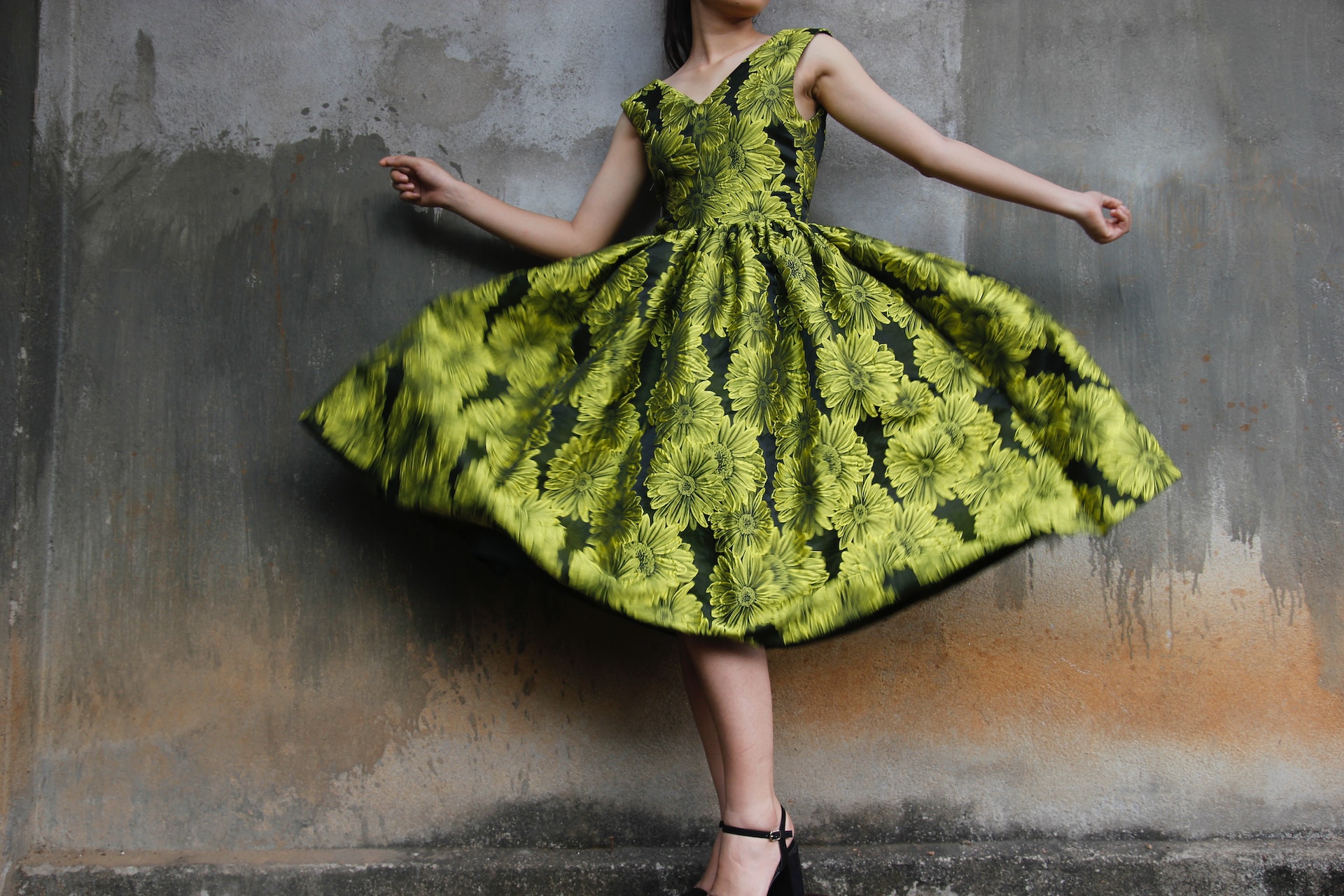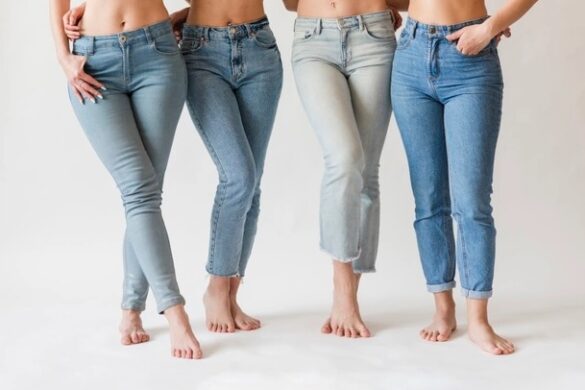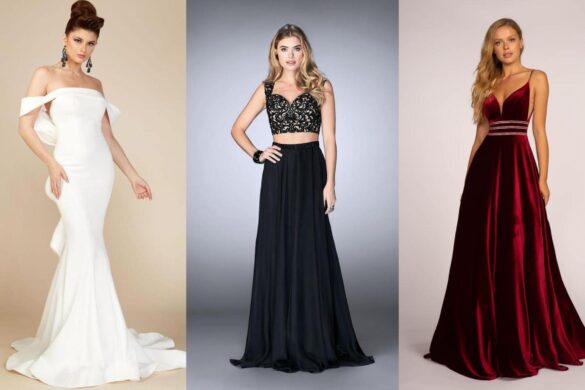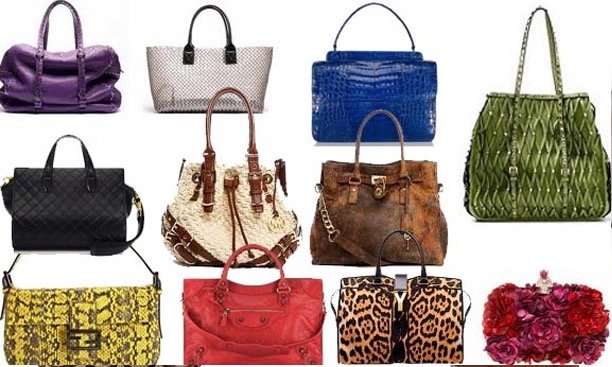 A dress can be used in several different ways. In the first instance, a dress can make a woman appear attractive. It can also teach discipline, respect, and obedience.
A dress can be used in several different ways. In the first instance, a dress can make a woman appear attractive. It can also teach discipline, respect, and obedience.
Dresses teach discipline, respect, and obedience
Having a dress as a centerpiece of your family’s living room is one of many ways to make a statement. A well-chosen dress from Janie & Jack is also a great way to teach your kids to think well of themselves and each other. This can be done by teaching your kids that each person has a unique personality and is worth honoring. The more your kids know that you respect and keep them, the more they will treat you with the same respect. Putting on a lovely dress is also an excellent time to show your kids that you’re willing to spend money on them, as long as it’s for a worthy cause. When it comes to clothing and home decor, it’s all about putting your best foot forward and indulging in some fun along the way. A little bit of creativity can go a long way. You can even get kids involved in the planning stages if they don’t become a hindrance.
Dress codes enforce decorum
A dress code is a set of rules that govern how a person should dress. These rules are intended to maintain decorum and social distinction. Venues, schools, or organizations sometimes enforce them. Dress codes are only sometimes practical. Some strict rules can make a host or organization look elitist and draconian. However, a more flexible set of rules can be less likely to cause problems. Also, they can be effective in promoting inclusivity and professionalism. A standard controversy surrounding dress codes is the perception that they discriminate against people. This is especially true in public spaces. If a person is not dressed appropriately, they may be reprimanded or made to feel unwelcome. Alternatively, the dress code may be interpreted as policing morality or female bodies.
They make the wearer appear attractive
Several studies have investigated the social psychology of dress. These include investigations on how a person perceives their appearance, how others respond to it, and how the dress impacts the wearer. The self-presentation theory of Goffman is a seminal idea that describes how people interact with others through various standard symbols. It is the idea that the dress you wear is essential. As Stone (1962) stated, “We dress ourselves to express the aspects of ourselves that we wish to communicate to others. But if we do not understand how this is done, we are limited in our capacity to accomplish this.” Several theories have been applied to study this idea, including objectification, symbolic interactionism, and the program concept. Each of these theories has a common thread: they all focus on making the dress cue more salient.
They can modify your figure
Dresses can help to modify your figure by adjusting the shape and proportion of your body. For example, a ruffled dress can draw the eye to a specific area, such as the chest, waist, or shoulders. You can use strategic color blocking to create a narrower shape if you have a slim waist. You can also define your waist with belts or elasticized waistbands. Wearing a bra can also help to add shape to your upper body. Another way to modify your figure is to choose a dress that makes you feel good about yourself. For example, a ruffled or flowy dress can be flattering if you have a wide waist and a small bust. Similarly, a shoulder pad can make your shoulders look broader and more defined.







